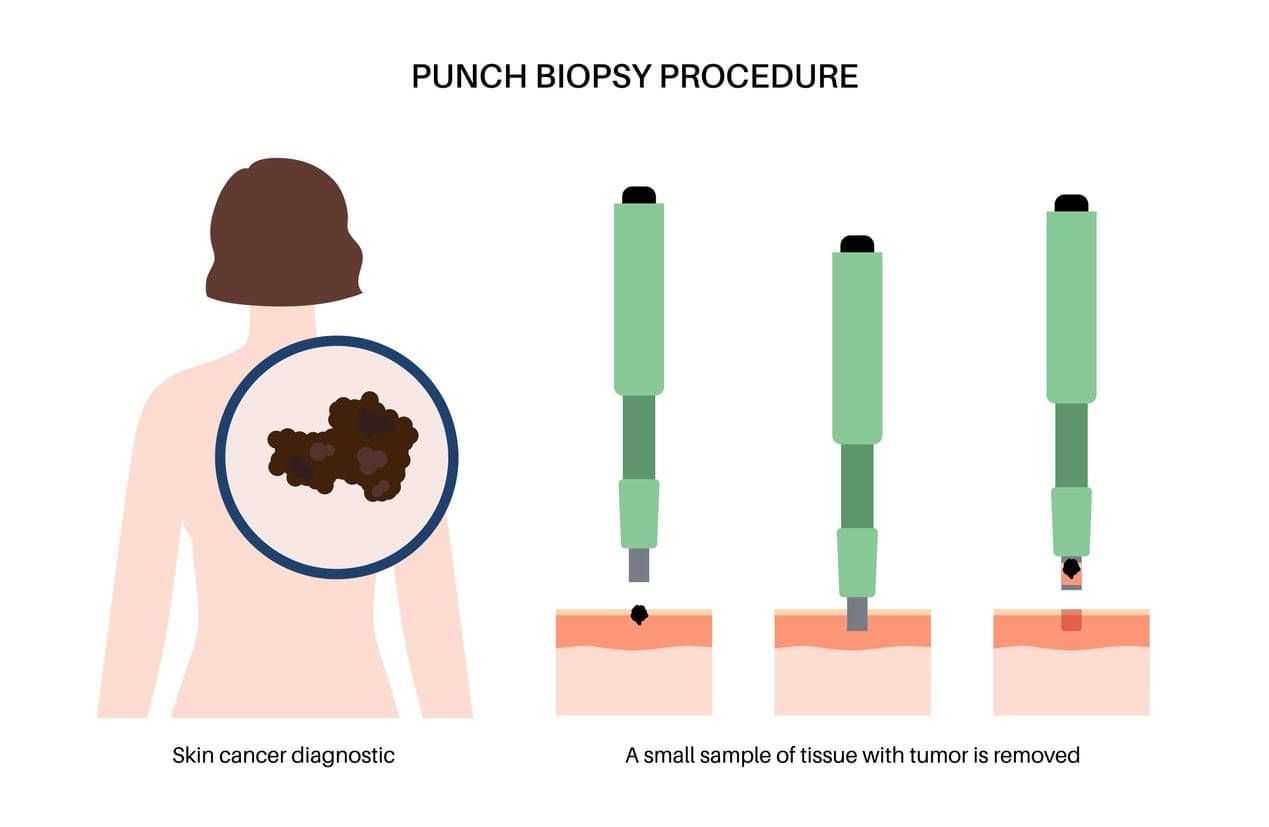Head & Neck Skin Cancer
Diagnosis of Head & Neck Skin Cancer
A thorough clinical examination of the skin including inspection of the head, neck, and oral cavity, is crucial for identifying suspicious lesions that reveal the type of head and neck skin cancer along with an elaborate understanding of patient history.
We at ENT Central utilise state of the art diagnostic technology with clinical imaging software which helps diagnose, identify additional lesions, map skin lesions and conditions and maintain a database to help follow up and allow a thorough analysis for future recurrences using the same database. We are the first to use this technology in New Zealand (www.clinicalimaging.com.au/introductions).
If a suspicious lesion is found, a biopsy is performed during which a small sample of tissue is removed from the lesion and examined under a microscope by a pathologist to determine if cancerous cells are present. This helps confirm the diagnosis and determine the type of skin cancer and its stage. In some cases, additional imaging such as CT scans or PET scans may be necessary to determine the extent of spread and guide appropriate treatment strategies.
For head and neck melanoma, the lesion may be too large or the anatomical site may not be conducive to excisional biopsy. In such cases, incisional biopsy, punch biopsy or saucerisation procedure may be employed. Punch biopsy involves the use of a cylindrical instrument with a sharp cutting edge (a punch) to remove a small, circular piece of tissue from the skin. The biopsy tool cuts through all layers of the skin, including the epidermis, dermis, and sometimes a portion of the subcutaneous fat.
Saucerisation refers to a surgical technique where a surgeon uses a scalpel to shave off the lesion from the skin surface, creating a saucer-shaped depression. This technique aims to completely remove the lesion along with a margin of healthy tissue to ensure complete excision. Saucerisation is often used for lesions that are raised or localised to the superficial layers of the skin, such as certain types of basal cell carcinomas or benign growths like seborrheic keratoses.

